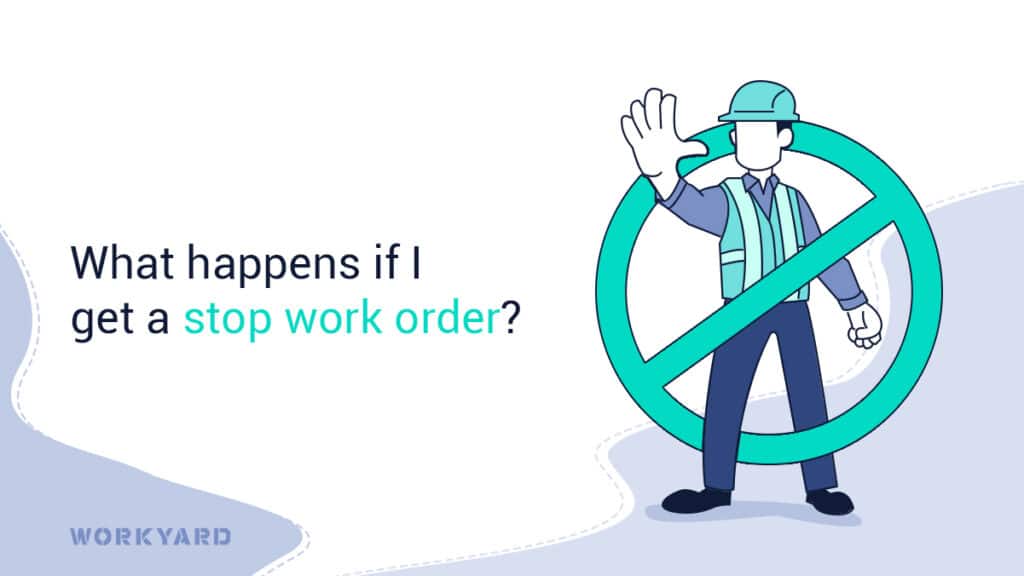This question is about Construction Disputes.
What Happens If I Get A Stop Work Order
If you receive a stop work order, it means that a government agency or authority has issued a directive to halt all work on your construction project. This can be a significant worksite disruption, but it is crucial to understand the implications and follow the necessary steps to address the situation.
Typically, a stop work order is issued due to concerns about safety violations, code violations, lack of permits, environmental concerns, or other regulatory non-compliance issues. The order aims to prevent any further work until the problems are resolved.
Once you have reviewed the order and understand the reasons behind it, it’s crucial to communicate with the issuing authority. Reach out to the responsible agency or inspector to clarify any questions you may have and seek guidance on the steps needed to lift the stop work order.
During the stoppage period, it’s also essential to communicate with your team, subcontractors, and stakeholders about the situation. Maintaining open and transparent communication can help mitigate concerns and maintain trust with all parties involved.
Failure to comply with a stop work order can result in severe consequences, such as fines, legal action, or even the loss of necessary permits. It’s vital to take the order seriously and prioritize resolving the issues to ensure the safety and compliance of the project.
Receiving a stop work order can be a challenging situation for a construction project. However, by carefully reviewing the order, communicating with the issuing authority, and taking action to address the identified issues, you can resolve the situation and lift the stop work order.

References
- 1
Procore. “Stop Work Orders: What Contractors Need to Know.” Accessed on July 10, 2023.